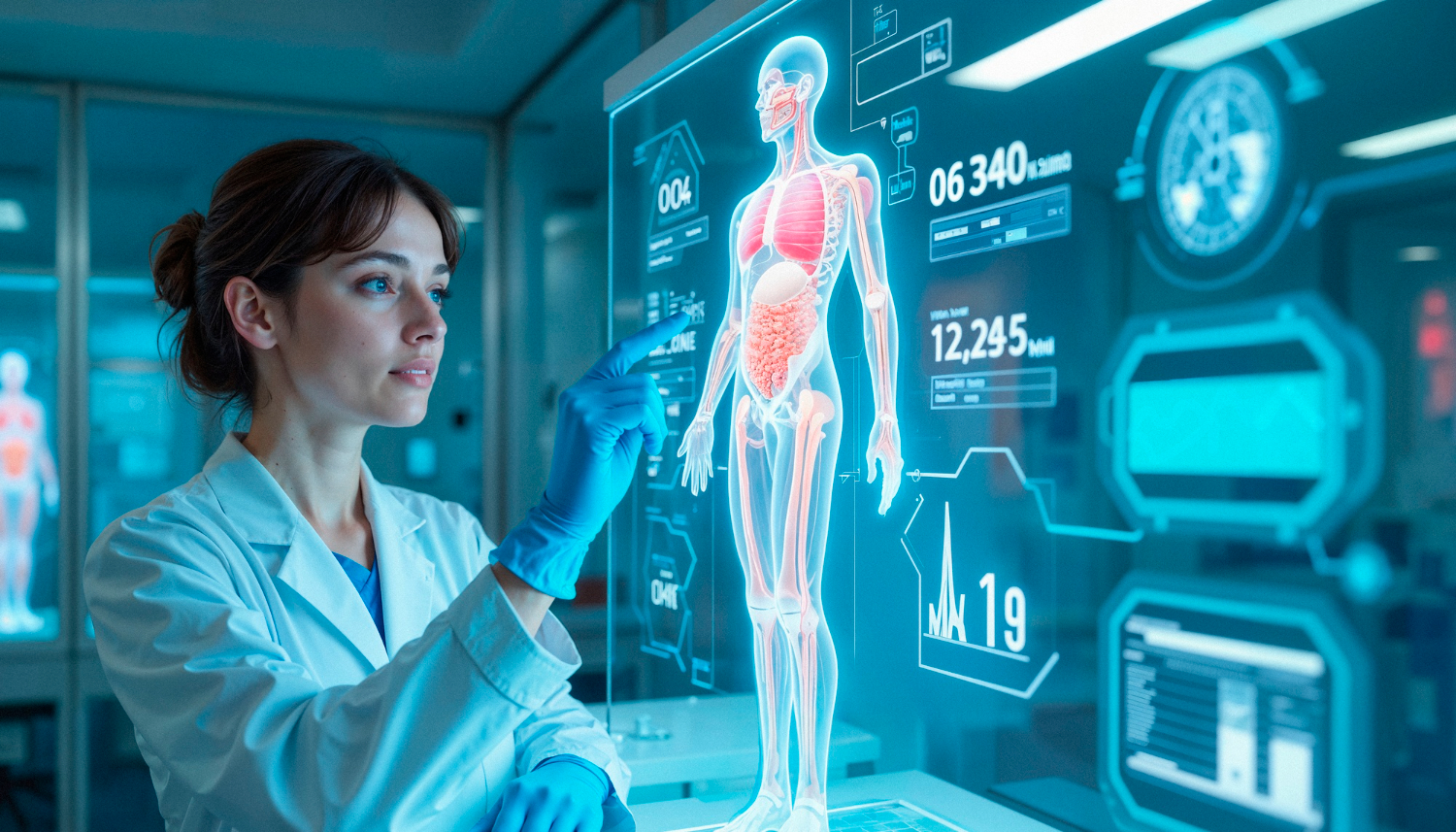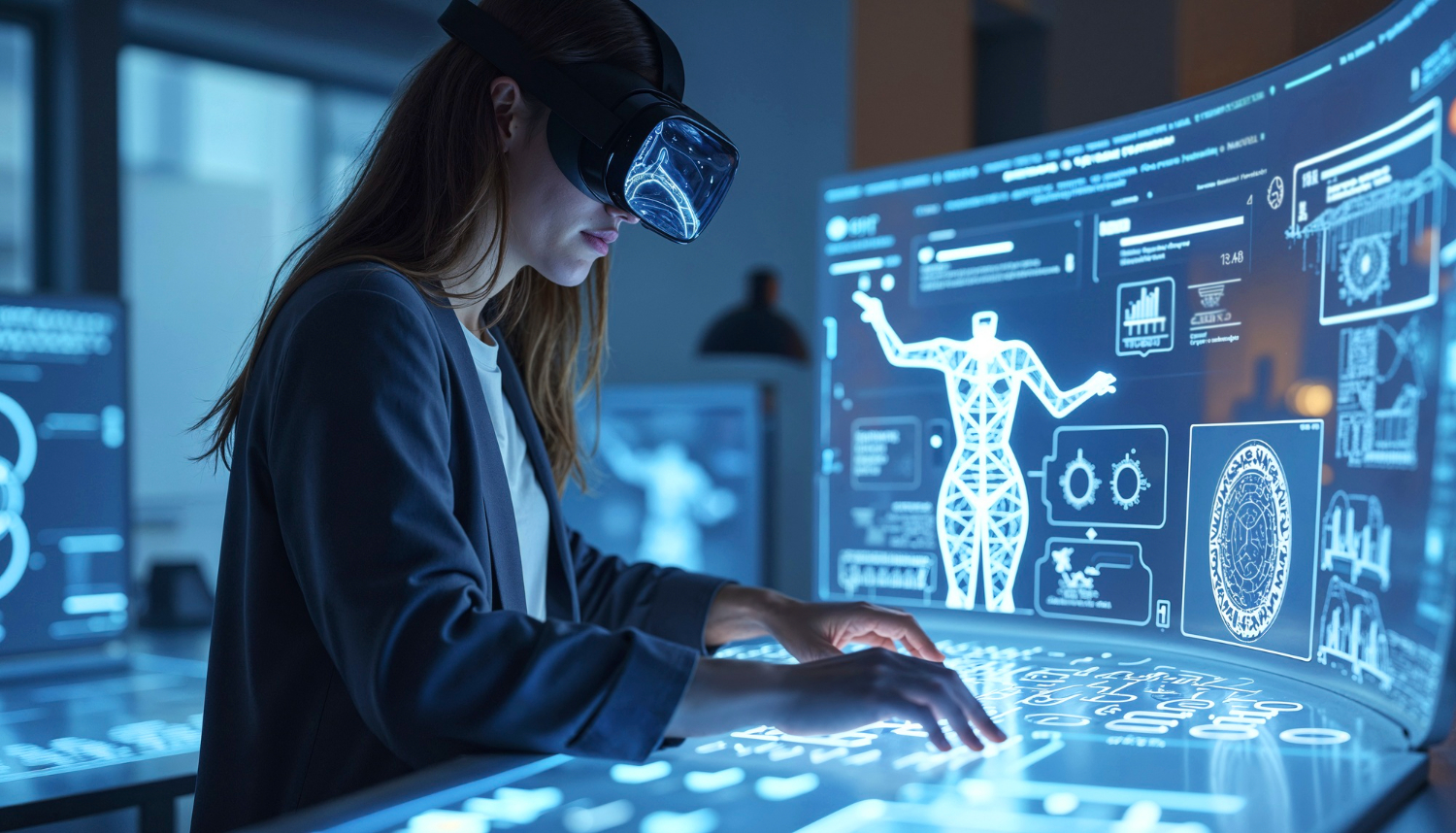Introduction
The telecom industry has been adapting to rapid changes in technology for decades. Now, augmented reality (AR) and virtual reality (VR) are becoming practical tools in daily operations. They are no longer just concepts linked to video games.
Instead, they improve services, speed up workflows, and create better customer experiences. AR and VR support mobile devices, enable virtual environments, and enhance real-world environments for both staff and customers.
Telecom companies can use these tools for training, remote assistance, network design, and customer support. They also help in building immersive experience applications that run on AR systems or through a VR headset. These tools are now as much about improving productivity as they are about entertainment.
Understanding AR, VR, and Mixed Reality in Telecom
AR adds virtual elements to the physical world, often through mobile devices or smart glasses. VR replaces the physical world with entirely virtual worlds, often accessed using a VR headset. Mixed reality combines both, allowing interaction between virtual and real-world environments.
In telecom, these technologies bridge the gap between the physical world and virtual environments. Engineers can see live network data on-site through AR. Customers can take part in virtual demonstrations without leaving their homes. In both cases, the user experience improves because tasks feel more direct and visual.
Read more: What is augmented reality (AR) and where is it applied?
Use Cases in Network Maintenance
One of the strongest use cases for AR in telecom is field maintenance. Engineers working on towers or underground cables can use AR systems to see the basic flow of work overlaid on their physical surroundings. This reduces guesswork and speeds up problem-solving.
If a technician needs to follow alternate flows for unusual repairs, the system can update instructions in real time. This eliminates the need to go back and forth between job sites and offices. Mobile devices act as a link between the physical world and the digital guidance.
VR also helps with maintenance planning. Network layouts can be recreated in virtual environments, allowing engineers to simulate repairs before visiting the site. This cuts down errors and improves efficiency.
Training and Skill Development
Telecom operations often require specialised skills. AR and VR training offer a safe way to learn these skills without risking real equipment. For example, trainees can practise installation procedures in a VR simulation of virtual worlds that match the equipment in the field.
AR can guide users through each step of the process in the real world. This works like a live user story that updates as the task progresses. Such an approach helps new employees learn faster and adapt to alternate flows when needed.
Training through immersive experience also improves retention of knowledge. Staff remember more when they perform tasks in an interactive setting compared to reading a manual.
Read more: The Benefits of Augmented Reality (AR) Across Industries
Improving Customer Support
Customer service teams in telecom face constant pressure to resolve issues quickly. AR allows remote assistance that brings a live expert into the customer’s physical world. The expert can see exactly what the customer sees through their mobile devices and guide them through the solution.
VR also helps customers understand products before they buy. For instance, a VR headset demonstration can show how a new home broadband system will fit into their virtual environment. This creates a more personal user experience than static images on a website.
Network Design and Planning
Designing telecom networks involves understanding the physical world environment and predicting future needs. AR can overlay network plans directly onto real locations, allowing planners to visualise how towers, cables, and equipment will appear.
VR simulations of virtual worlds allow project teams to walk through network layouts before construction. These virtual environments also support test cases for performance. Planners can adjust designs in response to issues before the physical build starts.
Using AR and VR in network planning makes it easier to explain designs to non-technical stakeholders. They can see the results in an immersive experience rather than interpreting complex diagrams.
Read more: Augmented Reality (AR) Problems and Challenges
Software Development and Testing
Telecom software development benefits from AR and VR as part of the testing process. Developers can run test cases in virtual environments that mimic real network conditions. This allows them to try both the basic flow and alternate flows for different user scenarios.
When paired with mobile devices, AR systems let testers interact with virtual elements in a real-world environment. This makes it easier to spot design flaws or usability problems before the software goes live.
In some cases, developers create AR and VR applications to improve customer services directly. For example, an app could guide a customer through self-installation of a router using AR overlays on their phone camera.
Mixed Reality for Collaboration
Mixed reality blends the strengths of AR and VR. Teams can share the same virtual space while still interacting with the physical world. In telecom, this helps teams collaborate across different locations.
An engineer on-site can see a virtual model of equipment while talking to a designer in another city. Both can interact with the model in real time, making changes that appear immediately for all participants. This shortens decision-making times and reduces misunderstandings.
AR and VR in Remote Infrastructure Inspection
Telecom providers maintain equipment in locations that can be difficult to reach, such as offshore platforms, mountain regions, or secured urban rooftops. AR systems allow field teams to access annotated visuals from previous inspections while they remain on-site. This means engineers can compare current conditions to past records without switching between separate tools.
VR simulations support pre-inspection planning. Teams can assess the structure and layout in virtual worlds before travelling. This ensures they carry the right tools and parts, reducing repeat trips. In addition, the immersive experience of VR headset sessions can help identify hazards in advance, improving safety standards in the basic flow of operations.
Read more: Creating AR Experiences with Computer Vision
AR-Enhanced Asset Management
Asset management in telecom requires detailed tracking of thousands of pieces of equipment across multiple sites. By integrating AR systems with asset databases, staff can scan a piece of hardware and receive real-time data about its service history, condition, and location.
This is useful for both routine maintenance and urgent repairs. For alternate flows where equipment needs replacement, AR can guide technicians to the nearest available spare. Combined with mobile devices, the process becomes seamless, as updates happen instantly in the company’s central system.
VR for Customer Demonstrations and Sales
Sales teams in telecom can benefit from virtual reality (VR) applications that place potential clients inside detailed virtual environments. Instead of showing a static plan, they can walk the customer through how the network will perform in their specific setting.
This improves the user story by giving customers an active role in the demonstration. They can ask questions while moving through the virtual space, and the presenter can adjust the view in real time. Such sessions also help clarify technical aspects that might be hard to grasp from flat diagrams or written proposals.
Read more: How to Distinguish Augmented Reality and Virtual Reality?
Mixed Reality in Team Training Scenarios
Mixed reality creates shared workspaces where remote employees interact with both real-world environments and virtual objects. For telecom, this can include joint sessions between engineers, software development teams, and field operators.
Participants can review network models, highlight problem areas, and propose changes during the meeting. Adjustments appear instantly for all viewers. This approach allows both basic flow and alternate flows of operations to be tested before implementation, ensuring readiness for different outcomes.
Integrating AR and VR with Test Cases
In telecom software and service testing, AR and VR enable a higher degree of realism. Testers can work through a user story while observing its results in a simulated environment that reflects actual customer conditions.
When combined with test cases for mobile devices, this creates a comprehensive view of how the product will function once deployed. Engineers can adjust designs before they move into full production, saving both time and resources while improving the overall user experience.
Benefits for the Telecom Industry
The benefits of AR and VR in telecom are wide-ranging. They include faster problem resolution, improved training, better planning, and more engaging customer experiences. By merging physical world tasks with virtual environments, companies create smoother workflows.
This approach also reduces costs. Fewer site visits are needed when problems can be solved with remote AR guidance. VR simulations reduce the risk of expensive mistakes during planning and installation.
The immersive experience makes it easier to train new staff and maintain high skill levels. This leads to better service quality, which directly improves customer satisfaction.
Read more: Augmented Reality and 3D Modelling: The Future of Design
How TechnoLynx Can Help
TechnoLynx develops AR and VR solutions tailored to telecom needs. Our AR systems support field maintenance, training, and remote assistance through mobile devices. Our VR applications recreate network environments for planning, testing, and customer demonstrations.
We create immersive experiences that work in real-world environments and integrate smoothly into existing telecom processes. Whether it’s a VR headset training module or AR guidance for installation, our solutions improve the basic flow of operations while supporting alternate flows when needed.
By working with TechnoLynx, telecom companies can adopt practical AR and VR tools that deliver measurable results in efficiency, quality, and customer satisfaction. Contact us now to find out more!
Image credits: Freepik













